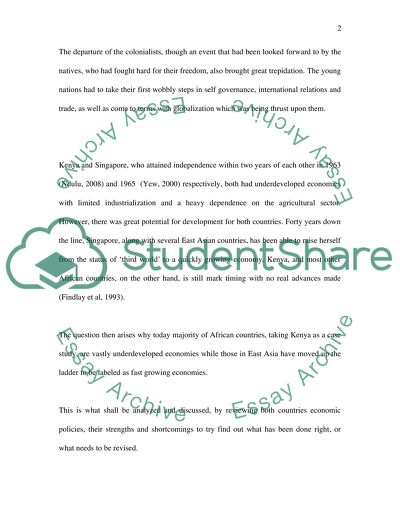Cite this document
(“Economic Development of Kenya and Singapore Case Study - 1”, n.d.)
Retrieved from https://studentshare.org/politics/1528674-economic-development-of-kenya-and-singapore
Retrieved from https://studentshare.org/politics/1528674-economic-development-of-kenya-and-singapore
(Economic Development of Kenya and Singapore Case Study - 1)
https://studentshare.org/politics/1528674-economic-development-of-kenya-and-singapore.
https://studentshare.org/politics/1528674-economic-development-of-kenya-and-singapore.
“Economic Development of Kenya and Singapore Case Study - 1”, n.d. https://studentshare.org/politics/1528674-economic-development-of-kenya-and-singapore.


